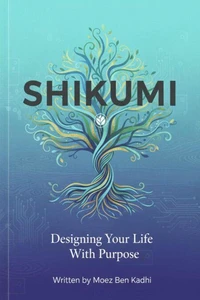This ancient Japanese art is called Kintsugi, or "golden joinery". It is a craft, but it is also a profound philosophy. It teaches that in brokenness, there is an opportunity not just for repair, but for a new and more radiant beauty. This book is built on that simple, powerful premise: that our deepest wounds, our most painful breaks, and our most visible scars do not have to be sources of shame.
They are not evidence of our failure but testaments to our survival. Like a Kintsugi master, we can learn to mend the fractured pieces of our lives with the gold of wisdom, self-compassion, and resilience. We can create a life that is not only whole again but stronger, more authentic, and more beautiful for having been broken.
This ancient Japanese art is called Kintsugi, or "golden joinery". It is a craft, but it is also a profound philosophy. It teaches that in brokenness, there is an opportunity not just for repair, but for a new and more radiant beauty. This book is built on that simple, powerful premise: that our deepest wounds, our most painful breaks, and our most visible scars do not have to be sources of shame.
They are not evidence of our failure but testaments to our survival. Like a Kintsugi master, we can learn to mend the fractured pieces of our lives with the gold of wisdom, self-compassion, and resilience. We can create a life that is not only whole again but stronger, more authentic, and more beautiful for having been broken.

 , qui est-ce ?
, qui est-ce ?